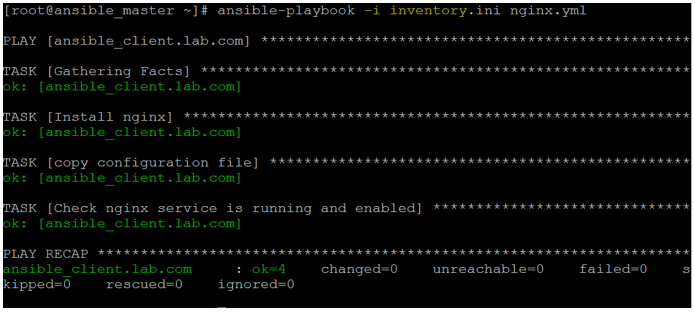

For example list files in container associated with web service. This will execute a command to the running container. This will list all containers created for the services defined in a config file with there status, port bindings and command. $ docker-compose down web # Restart single container This will stop and delete all containers, network and associated images for the services defined in a config file $ docker-compose down # Restart all containers $ docker-compose up -d web # Create single container $ docker-compose up -d # Create all containers Use -d switch to launch containers in daemon mode. Use to create docker containers with available services in docker-compose.yml file in current directory. $ docker-compose build web # Build single service $ docker-compose build # Build all services The build option is used to build images for services for which build is defined. Before reading below commands remember that you passed service name as an argument (not container name) build – Please find below details of the subcommands. The docker-compose command provides a number of subcommands to manage Docker containers with docker-compose. This file has only one service added in it named web. Below is a sample configuration file of version 3. $ curl -L uname -s- uname -m > /usr/local/bin/docker-composeĪ docker-compose.yml file required to create to start working with the docker compose. Before installing the specific version, You must check the compatibility on releases page with your docker version.

#Docker yml file tutorial install#
You can also install Docker compose 1.16.1 using the following command.
#Docker yml file tutorial download#
Visit the Docker compose official Github page and download the latest version of Docker compose tool. If you don’t have already installed, Visit our Docker installation section of this tutorial. You must have Docker Engine installed on your system. Run docker-compose up to run all services under applications. Create a docker-compose.yml file defining with all services under application.ģ. Define application environment with Dockerfile for all services.Ģ. There is the three-step process to work with Docker Compose.ġ. You can easily use single command to build images and run all the containers. Using this create a single compose file with defining all the containers with there environments. Docker Compose is another best tool for docker to setup multi-container environments.


 0 kommentar(er)
0 kommentar(er)
